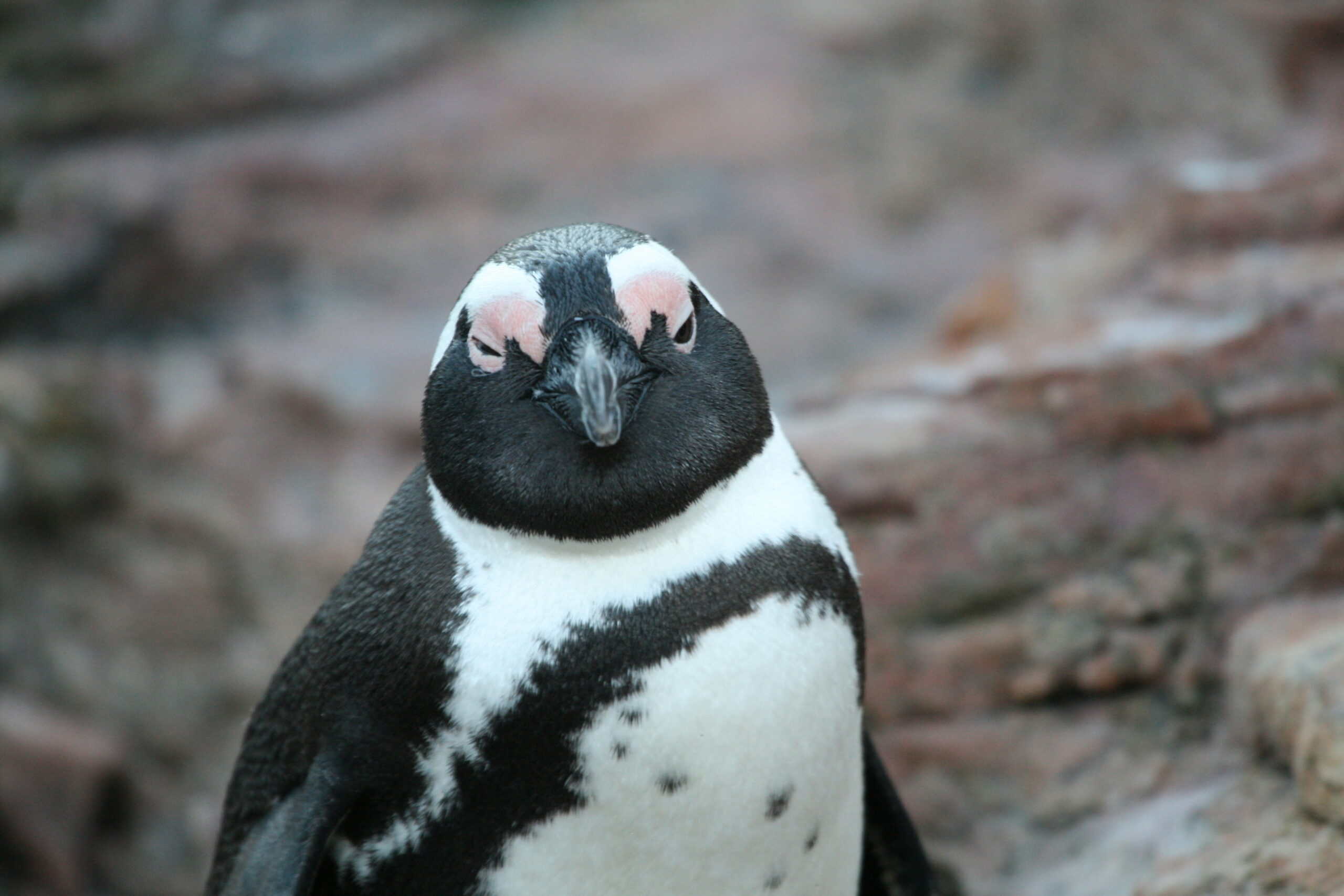Share this article
California and Nevada sage-grouse will not be listed under ESA
The U.S. Fish and Wildlife Service announced last week that it will not list the bi-state population of greater sage grouse (Centrocercus urophasianus), a distinct population of the species found along the California-Nevada border, under the Endangered Species Act.
The agency first proposed listing the distinct population segment as threatened in 2013. This proposal was withdrawn by the Service in 2015, prompting a legal challenge. In that case, the federal court vacated the withdrawal in 2018 and ordered the USFWS to reconsider the listing.
Last week, the agency determined that, based on the best scientific and commercial data available, “the threats to the [bi-state grouse] and its habitat, given current and future conservation efforts, are reduced to the point that the [the bi-state grouse] does not meet” the definition of an endangered or threatened species under the ESA.
The Service’s decision relied on cooperative conservation efforts by a coalition of federal, state, tribal, private and non-governmental partners. They stated that that the current success of these efforts demonstrates the ability of these partners to conserve the distinct population segment, without the additional need for protections and regulations of the ESA.
The Bi-State Local Area Working Group, established in 2002, has worked cooperatively for over 15 years to develop and implement a collaborative approach for conservation of the bi-state sage-grouse. According to the USFWS, since 2012, that partnership has “conserved, restored or enhanced more than 100,000 acres of sagebrush habitat in the bi-state area.”
Separately, the Bureau of Land Management has decided not to pursue an appeal in the federal court case in which a judge enjoined the administration from putting their revisions to the 2015 sage-grouse conservation plans in place until litigation surrounding the revisions was completed.
In February, the BLM released supplemental draft environmental analyses for their plan revisions, in an attempt to address the judge’s concerns regarding the administration’s revisions to the plans.
Read TWS’ statement on the 2015 decision not to list greater sage-grouse.
Header Image: Sage-grouse along the California-Nevada border will not be listed under the Endangered Species Act. ©USFWS








